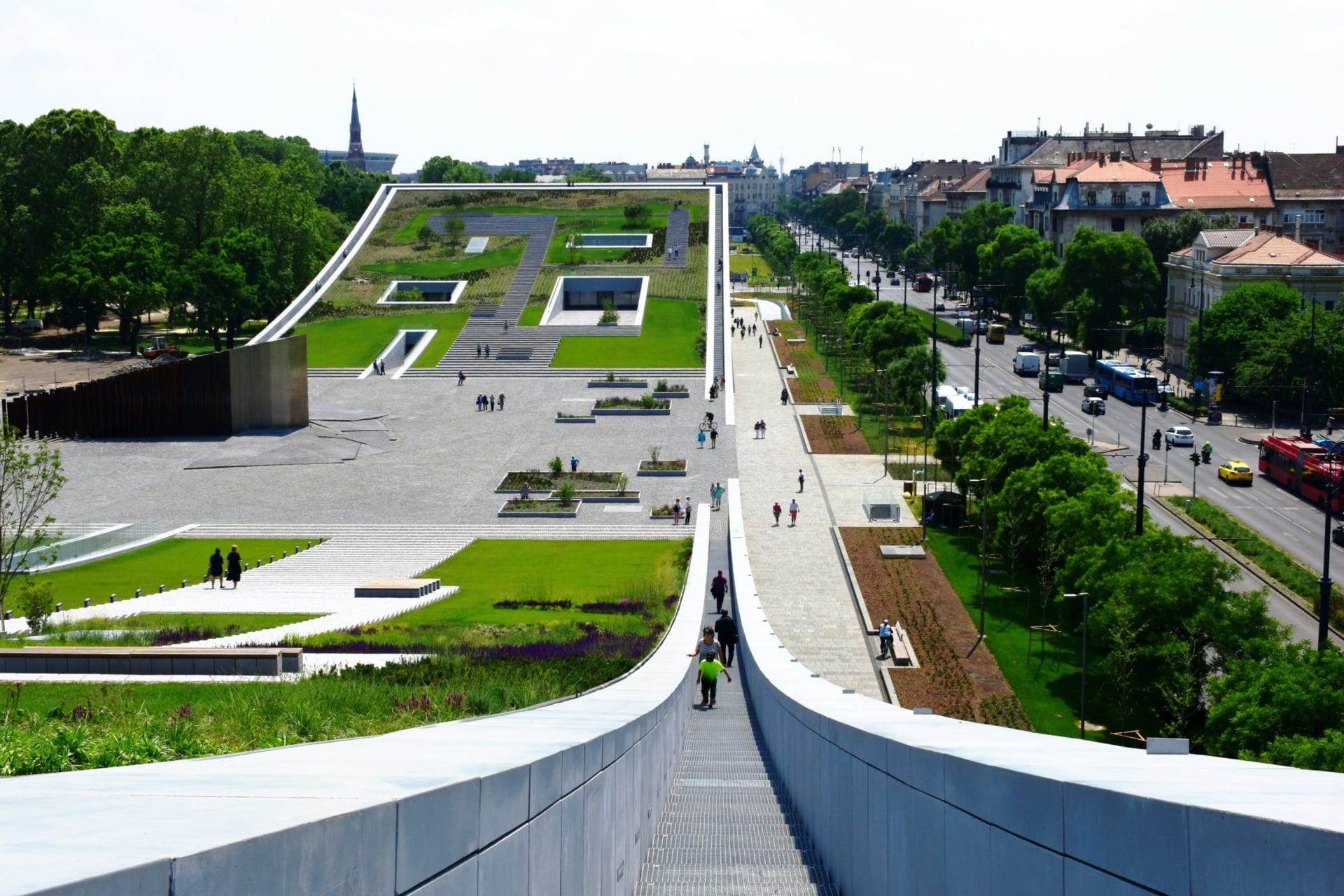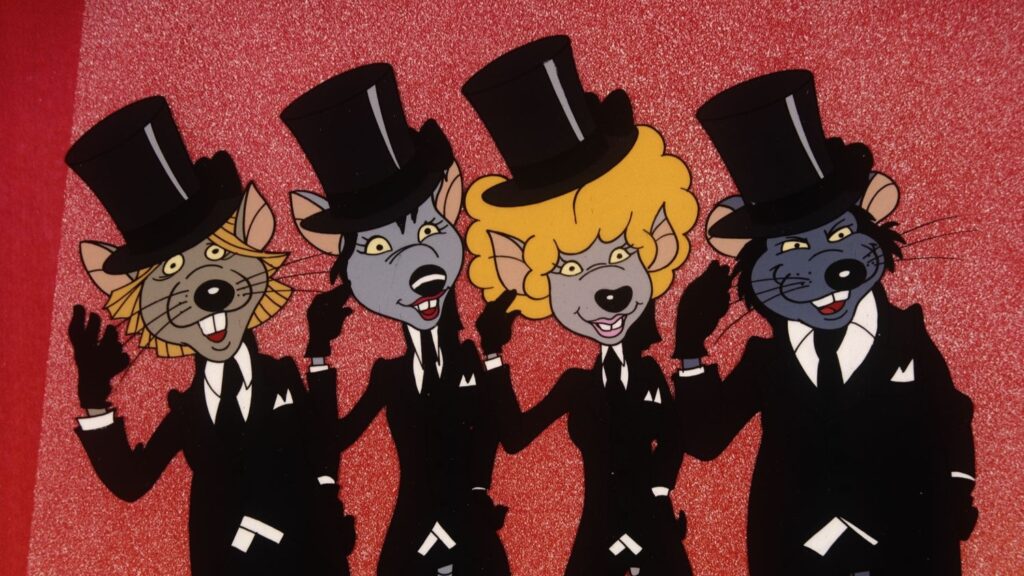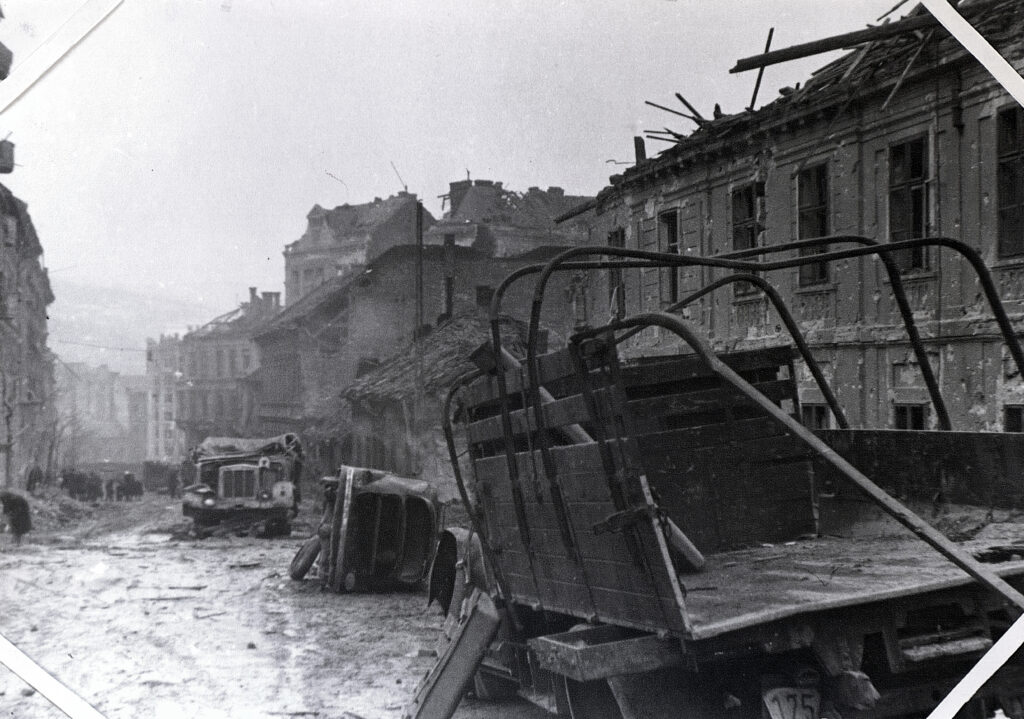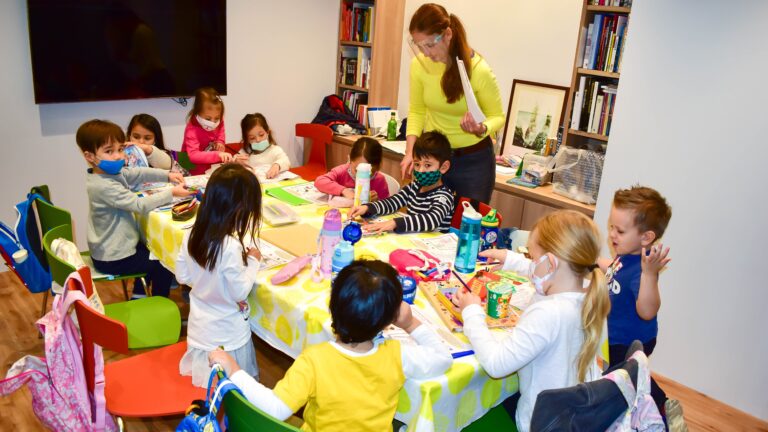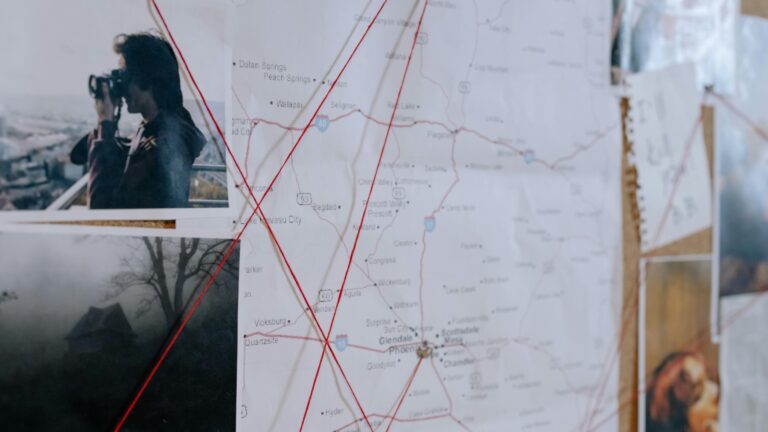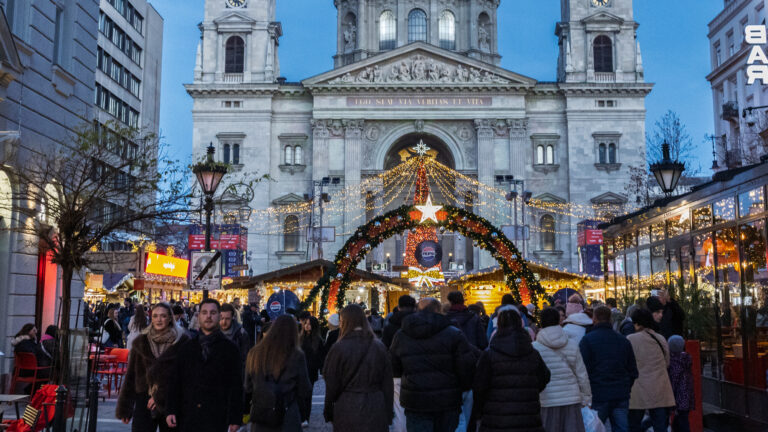Only a few weeks after the inauguration of the House of Music Hungary in City Park in Budapest, designed by Sou Fujimoto of Japan, another contemporary public building—of an even larger scale—has been completed within the framework of the Liget Budapest program aimed at the rejuvenation of City Park.
The new Museum of Ethnography is the result of the largest museum construction project in the last one hundred years in Budapest. This is how long it took after the period of economic and cultural boom of the Austro-Hungarian Monarchy for the Hungarian capital to reclaim its rightful place at the forefront of international culture again. The collection of the Museum of Ethnography itself was set up exactly 150 years ago, in 1872. Initially, it was part of the Hungarian National Museum for an extensive period of time—before it set out on its century-long wandering in Budapest. First, it was accommodated in the buildings of the Várkert Bazár below Buda Castle, then it was moved to a block of flats in downtown Budapest, from where the collection was taken to the Iparcsarnok [Hall of Industry] building in City Park, before being re-installed in a high school building in the outskirts of the city in the 1920s.
The collection of the Museum of Ethnography itself was set up exactly 150 years ago, in 1872
The Museum of Ethnography did not became an independent institution until 1947, but even then it as not assigned a building of its own. Hungarian adults will remember that the museum was located for decades in Kossuth Square, in the former headquarters of the Curia, Hungary’s Supreme Court. The grandiose eclectic palace—also used as one of the filming locations of Ridley Scott’s Blade Runner—used to stun visitors with its magnificent interiors, but was far from being the ideal option to house the Museum of Ethnography.
Finally, in the 2010s, plans of the first ever building specifically designed to house the Museum of Ethnography were included in the blueprint of the Liget Budapest program. The program has come under harsh criticism since its inception by its politically-motivated opponents. While the conservative Orbán government and the previous right-wing municipal leadership of Budapest supported the rejuvenation of the park as well as the implementation of new cultural institutions there, the left-wing opposition has vehemently opposed the changes. The first designs of the new building of the Museum of Ethnography, however, were applauded by many experts and the larger public world over.
The designs of the new museum building were selected through an international design tender, which was won by the Hungarian architectural design studio NAPUR Architect. Close to 250 designers were involved with the project, under the supervision of chief designer Marcel Ferencz.
The end product—a rather special structure—was born out of an easily understandable philosophy. The middle part of the building is fully recessed, installed under the ground, and its two side-wings are soaring upwards above ground level, as if the exhibition hall of Hungarian and international ethnography was emerging from layers deep down. The curved roofs will be accessible for pedestrians, and they will be greened over, as much as possible. This new structure will be a kind of a new gate to City Park, with the contemporary memorial of the 1956 revolution, installed fifteen years ago, right in the middle. The decoration of the twin curves of the building are the manifestation of a creative interpretation of Hungarian and other countries’ folk-art patterns: a structure comprising more than half a million ‘pixels’, a playful counterpoint to the strict and simple shapes of the main blocks of the building.
The footprint of the Museum of Ethnography is in fact larger than that of the Hungarian Parliament, and its main central passageway welcomes visitors free of charge: from the corridor functioning as a rich and colourful image repository, visitors also get to peak into paid exhibitions through glazed surfaces. The folk art of many different peoples of the world and of various periods is presented—and re-connected—side by side, with the help of absolutely modern, and, in some sense, postmodernist ideas, which point out the links between folk cultures all over the globe as well as their unique distinctive features, employing and inspiring unexpected associations.
At the opening ceremony on 22 May, the Hungarian prime minister underlined, ’A nation’s culture is indeed a solid signpost; culture shows where we are coming from, and it also defines where we are supposed to arrive, and if we neglect this, then we are doomed to lose our way. And once we are lost, we will also lose sight, after a while, of what we are fighting for.’
‘What we know for sure is that our language and music connect us to places and periods where other European peoples lack direct experience’
As Viktor Orbán also pointed out, ‘What we know for sure is that our language and music connect us to places and periods where other European peoples lack direct experience. This invests our Hungarian world with uniqueness and serves as a deeper explanation for our existence—even today. If we disappeared, something irreplaceable would disappear with us from the world. And this is what gives us the mission of our lives, the mission of all Hungarians. No one but us would be up to and capable of protecting and conserving our culture.’ He added: ‘It is also apparent that cultural inclusion has always been an important part of our culture. Although a colourful medley of peoples has been living in the Carpathian Basin, there is something very similar in the houses, the layout of the villages, and the curves of the roads, from Zsolna (Zilina) to Brassó (Brasov), and from Máramaros (Maramures) to the banks of the Dráva (Drava) River.’
The prime minister also remarked that ‘It is good to be Hungarian. This is why we have a premonition of and resist attempts of putting restrictions on us, this is why we realize, ahead of time, when there is trouble, when something threatens our culture, our customs, our way of life, or our heritage. Our insistence on beauty and our insistence on being Hungarian stem from the same root. We can see and understand the beauty of the Hungarian world; the Hungarian soul is beautiful, Hungarian life is nice to live—the Hungarian world is a joy for both the eye and the soul.’
The spacious halls of the just-opened Museum of Ethnography are not fully furnished yet: additional exhibitions and divisions are scheduled to open at a later stage. The unique treasures of the folk culture of Hungarians and other peoples of the world are an infinite pool from which to select, so we can look forward to many more exhibitions over the next decades in this new sanctuary of ethnography.

